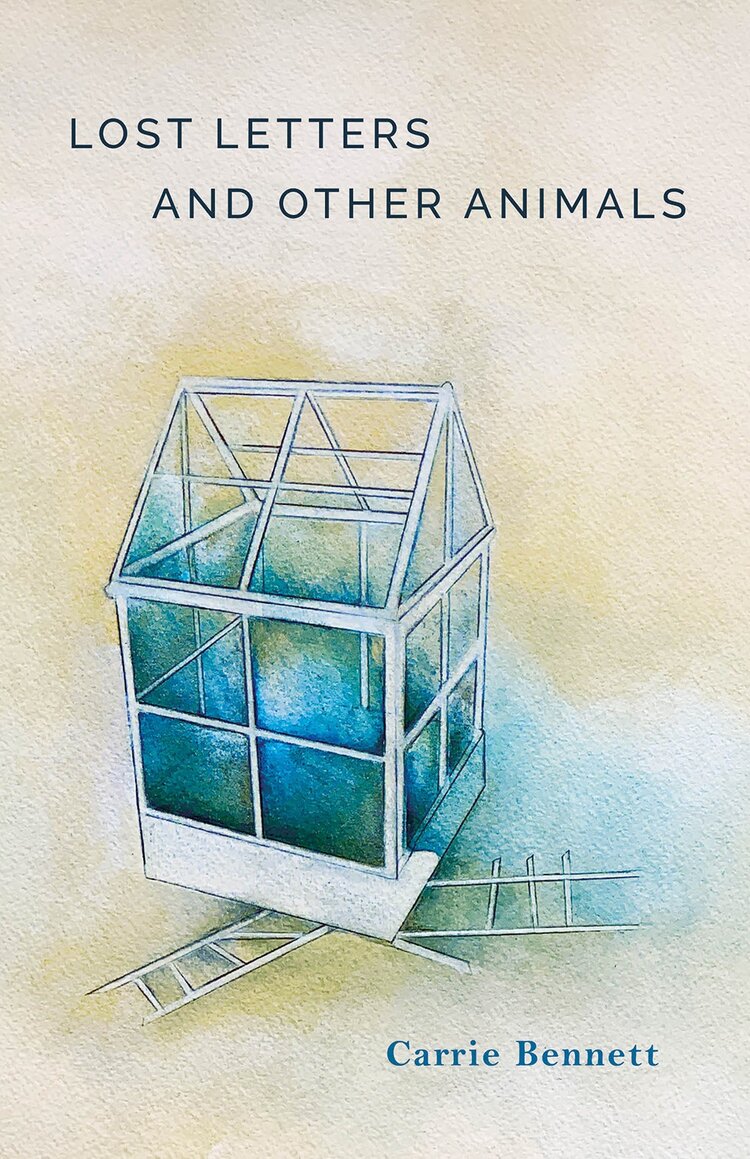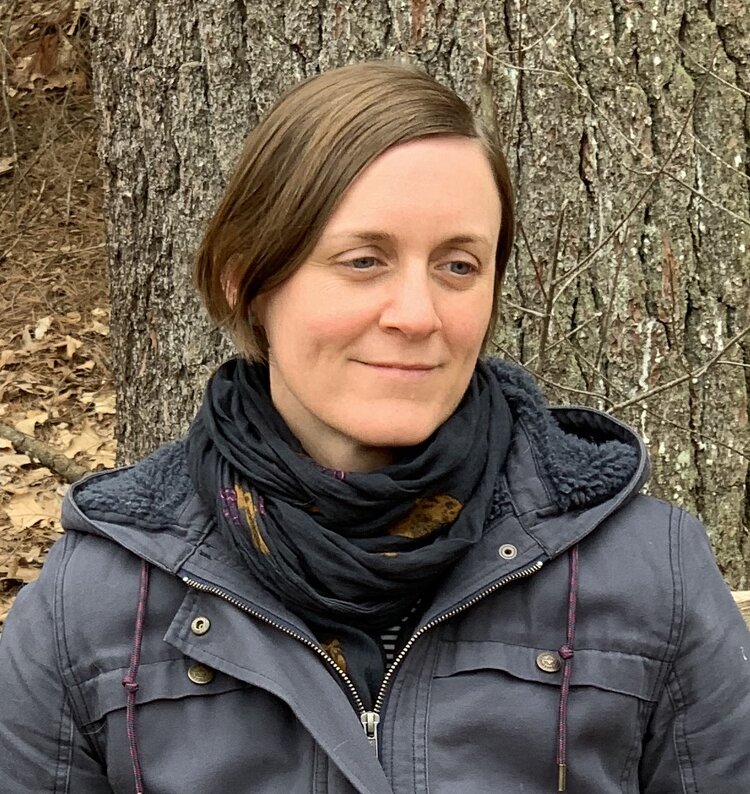When did you first encounter poetry? How did you discover that you wanted to write poems?
When I was growing up, I could get lost in books and this escapism was very comforting, but I didn’t write poetry until college. When I entered college majoring in music, I quickly realized I wasn’t cut out for the long hours of practice it entailed and changed my major to creative writing by the end of my freshman year. My ear was already trained to pick up musicality, so I was drawn to the sonic possibilities of language. I recall feeling like I couldn’t create anything new for the piano, as though all the compositions were already taken, and I didn’t have that sense with writing poetry. I found a deep freedom in poetry; anything was possible in my imagination. And you can be a little bit lazy as a poet and still be productive. I can be out in the world, away from my desk and still do the work of being a poet, of absorbing the world for later. The piano doesn’t give you that freedom. I’ve never looked back!
Do you have a writing routine? A favorite time or place to write?
I really believe in the practice of writing, probably from all my years of playing the piano. Since having my daughter, who’s now 2, I have less time to write. I play more though! We dig in the dirt together and pretend our hands are puppets. Because of the joy and daily grind of having a small child, there are more dormant writing periods now, longer stretches between poems. The pandemic has also changed my relationship to writing. In the beginning of the pandemic, I felt almost repulsed by the idea of recording life. I was too much in survival mode and couldn’t imagine translating the experience into a poem. I need to be in a space that allows my creative mind to wander, to make associations that my critical brain can’t, an impossible task when Covid hit. The past two years—of having a baby and living through a pandemic— have pushed me to renegotiate how I think about writing poetry and its place in my life. It’s unsettled my writing practice in possibly a good way. I’m looking forward to this summer when I will have childcare and the time and quiet space to dig back into a bigger poetic project.

Where do your poems most often “come from”—an image, a sound, a phrase, an idea?
My poems come from ideas and images, but I almost always start with an image. I might be taking a walk and see an enormous swan swimming beside me in the canal, and I’ll sort of box that image away for later when I’m writing. Because I usually work in larger poetic projects that deal with a central preoccupation, I’ll start weaving in these images I’ve gathered until they become characters in my poems. I’m interested in what happens when I place images beside each other without my commentary. What conversation will they have? What will I learn from their juxtaposition?
My work with imagery has shifted this past year, too. I became obsessed with similes and metaphors last summer because it felt like nothing was actually itself. Our sense of reality was so dramatically altered in the beginning—the things we assumed were safe, even touching doorknobs, were no longer safe. This crept into my thinking until a tree was no longer a tree but an actor in a play. I walked the same empty sidewalks so frequently with my daughter, like we were riding an abandoned Ferris wheel, until my neighborhood felt like a surreal set design. I started imagining the trees in my neighborhood were a Greek chorus and that the houses had been built for a stage. This helped me start writing again during the pandemic.
Which writers (living or dead) have influenced you the most?
There are so many, but here are the most recent writers who are currently influencing me, in no particular order: Diana Khoi Nguyen, Kirun Kapur, Daisy Johnson, Victoria Chang, Jenny Offill, Sabrina Orah Mark, Willa Carroll, Steven Dunn…
What excites you most about your new collection?
I was really invested in exploring process in Lost Letters and Other Animals, which centers on my experience reuniting with my estranged grandmother who I learned was in the grips of late stage Alzheimer’s. I visited her twice and recorded as much as I could during the visits, and this became the poems in the section “Animals in Pretty Cages,” which I see as the heart of the book. From there, it took years to figure out how smaller poetic series fit together in a single manuscript. The process felt closer to collage—I had all these poems that I intuitively knew worked together and it took me a long time tearing poems up and gluing them together differently until I finally figured out how everything worked together. And I’ve been surprised at how cathartic the process of publishing Lost Letters and Other Animals has been. The traumatic experience can finally be contained inside the book’s pages instead of inside me. The book can carry that weight for me.
Postcards From a Memory-Collector
How many beginnings
are there? A deer follows
you until you become
the deer and then
you know how it feels
to hide deep in the forest.
Memories won’t return
to you like a bush filled
with doorknobs.
Please don’t lose yourself
in the woods. Sometimes
what is gone is also dead.
Purchase Lost Letters and Other Animals

Carrie Bennett is a Massachusetts Cultural Council Artist Fellow and author of biography of water, The Land Is a Painted Thing, Lost Letters and Other Animals, and several chapbooks from dancing girl press. She holds an MFA from the Iowa Writers’ Workshop and teaches writing at Boston University. She lives with her family in Somerville, MA.